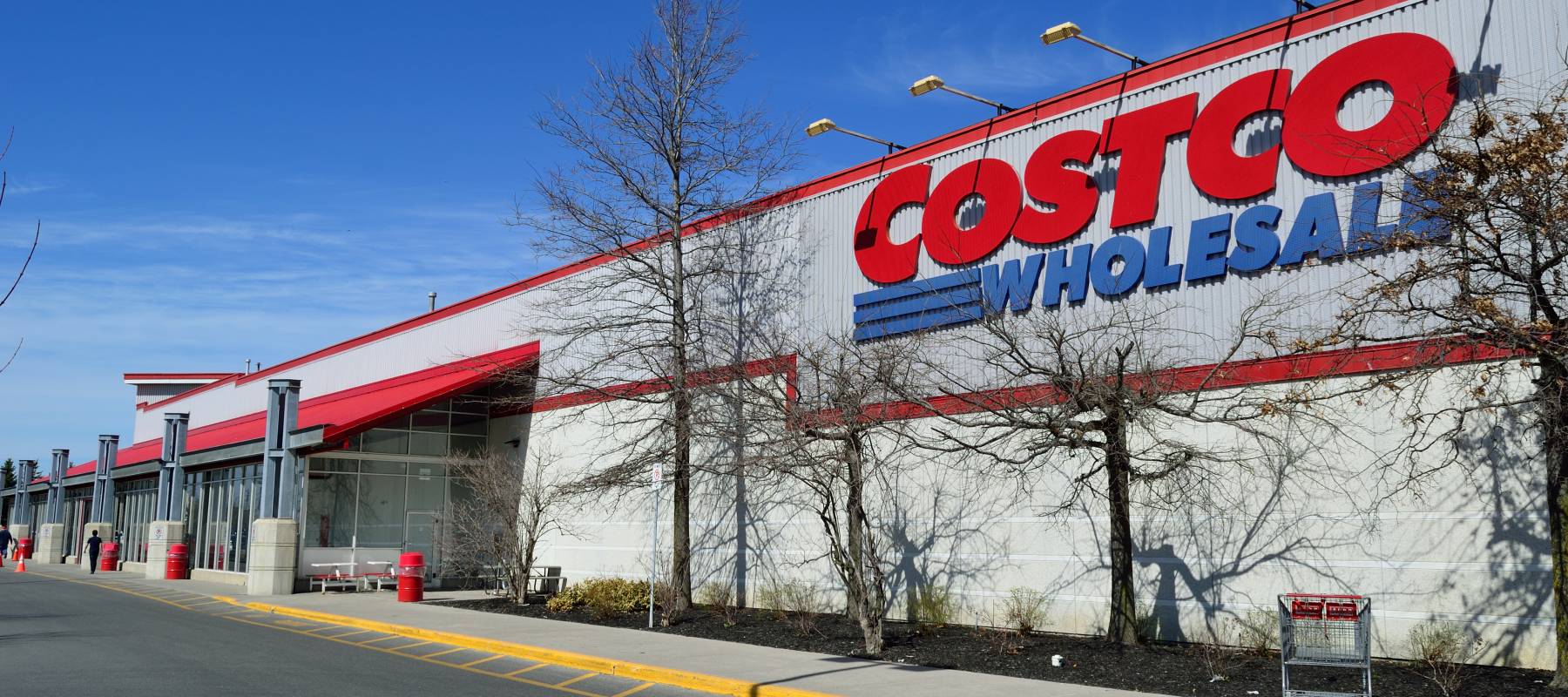Breaking down the returns
According to a release, the annual results were helped by strong equity market performance, gains in private equity and investments in credit, infrastructure and energy.
However, returns were offset by weaker performance in emerging markets and lower overall performance of real estate assets.
By asset class, private equity contributed the most to the fund’s five-year net returns at 13.9% — primarily due to the strong performance of US technology stocks. This was followed by public equities at 8.4% and infrastructure at 5.9%. Government bonds made the smallest contribution at only 0.3%.
Geographically, the majority of the returns came from:
- USA: 8.9%
- Latin America:7.7%
- Canada: 4.2%
The additional CPP account achieved a 5.7% return in fiscal 2024 and a 5.6% return since its inception in 2019. Due to differences in its design, the board expects the additional account to grow much faster than the base.
Transaction highlights
The board made many moves in its most significant asset contributor, private equity, including a USD$50 million investment in the growth-stage investor Sands Capital Life Sciences Pulse III and two commitments totalling CAD$250 million with Toronto-based Northleaf Capital Partners.
It has also made significant moves in several active equities, such as the CAD$270 million investment round led by Advent International in the Brazilian K-12 education provider Inspira or the CAD$534 million investment in KPN, a telecommunications company in the Netherlands.
Following the fiscal year-end, the board made a number of commitments worldwide, including a commitment of CAD$450 million to the U.K.-based Ontic. This firm specializes in parts and repair for aerospace technologies. It also realized a partial interest of its 15% stake in travel operator Viking Holdings, for expected proceeds of $714 million.
Empower your investments with Qtrade
Discover Qtrade's award-winning platform and take control of your financial future. With user-friendly tools, expert insights, and low fees, investing has never been easier.
Start Trading TodayDon’t Miss
- Planning to create a retirement plan? Check out the best retirement plans in Canada
- Don’t have a workplace pension? Not to worry. Learn how to retire without a pension
- Trying to figure out how much you need for retirement? There’s no magic number, but there are tools and strategies that can help you plan
Recent criticism of CPP highlights the benefits of passive investing
Based on its year-end report, the pension fund that supports Canadian retirement goals is in good shape; however, not everyone agrees.
Globe & Mail columnist Andrew Coyne criticized the rosy picture painted by this recent report — highlighting how sizeable returns were par for the course for anyone invested in asset markets in 2023.2
“You’d have to have gone pretty far out of your way not to have earned a sizable return,” writes Coyne. He points out that the fund's benchmark ‘reference portfolio’ — a composite of global equity and bond indexes — earned an annualized return of 19.9%.
Coyne points out that if the fund’s managers had stopped trying to pick winning stocks and just bought index-linked exchange-traded funds (ETFs), they would’ve earned twice as much.
The decision to pursue an actively managed portfolio is almost two decades old, and while the nation’s pension fund isn’t in danger, the missed opportunity loss is staggering. According to the CPP report, the fund earned “negative 0.1% annualized or negative $42.7 billion since inception of active management in 2006.”
What does that mean for Canadians?
The takeaway for Canadian investors is clear: For stable, steady returns, focus on buy-and-hold passive investment strategies.
To get started, you can follow the Canadian Couch Potato portfolio, which uses low-fee index funds or ETFs that track US, international and Canadian equity markets, as well as the Canadian bond market.
Ways to become a couch potato investor:
Open an account with an online discount brokerage: Look for accounts that offer low or no-fee ETF purchases. Good options include:
- Wealthsimple Trading: Get $25 and commission-free trades when you open and transfer $150 or more into the trading account.
- CIBC Investor’s Edge: Investors under age 25 don’t pay trading fees, while everyone else pays just $6.95 for trades.
Open an account with a robo-advisor: Keep it simple and avoid the temptation to time the market by setting up a robo-advisor investment portfolio. Good options include:
- Moka: Pick from five professionally managed portfolios. Funds that you deposit will automatically be invested based on your investing goals and risk profile.
- Wealthsimple Invest: Choose a pre-fab portfolio of ETFs that matches your risk profile
Unexpected vet bills don’t have to break the bank
Life with pets is unpredictable, but there are ways to prepare for the unexpected.
Fetch Insurance offers coverage for treatment of accidents, illnesses, prescriptions drugs, emergency care and more.
Plus, their optional wellness plan covers things like routine vet trips, grooming and training costs, if you want to give your pet the all-star treatment while you protect your bank account.
Get A QuoteWhat To Read Next
- What are the pros and cons of active investing versus a passive strategy? Learn more to make an informed decision
- How and why to start your investing journey — no matter what strategy or tool you choose
- ETFs are a great way to establish diversification without having to research dozens of companies — learn how to use ETFs as part of your investment strategy
Sources
1 CPP: CPP Investments Net Assets Total $632.3 Billion at 2024 Fiscal Year End
Sponsored
Trade Smarter, Today
With CIBC Investor's Edge, kick-start your portfolio with 100 free trades and up to $4,500 cash back.









